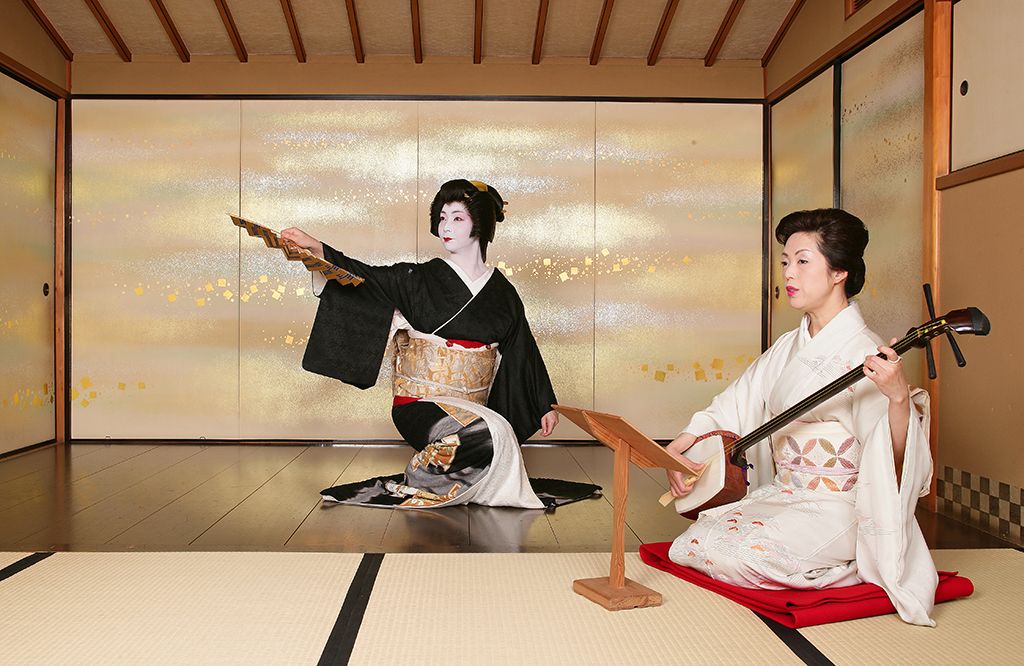A visit to Kyoto, Japan’s cultural capital with a 1200-year history, is always a tough decision. First-time visitors on tight schedules might opt for the traditional tour featuring the Heian Period’s landmark temple and gardens. This includes walking through the gold-leaf-covered Kinkakuji or the Golden Pavilion built in the 14th century or enjoying Gion, famous for its geiko and maiko (geisha) culture. The evening is spent in Pontocho, a narrow street dotted with restaurants and bars by the Kamo River in the city. Japan’s travel companies offer expeditions that include these popular tourist destinations.

But my one-night visit in June took me on a different route. Blessed with kind guides whose families have lived in Kyoto for generations, I used my limited time wisely, focusing on under-the-radar restaurants and smaller museums to avoid the usual crowds.


Arriving on a Saturday morning by shinkansen, Japan’s bullet train, Kyoto Station was bustling with tourists. I quickly slipped past the human traffic for the Karasuma subway line and arrived at Shijo Station. My destination was the Nishijin Asagi Museum that displays Kyoto’s oldest Nishijin brocade, developed in the 15th century. The tiny museum offers English explanations, and so I spent an hour awed by the display of the most intricate handwoven gold, silver, and colorful silk threads producing gorgeous kimono, tapestry, and hanging scrolls carrying designs from the Heian Period when Kyoto was the royal capital. The artisans are designated cultural treasures, and they continue to produce the rich brocade in villages surrounding the city. Motifs include Buddhist stories, classical poems, and there is also a section for modern designs.
Admission fee: 400 yen
Website: https://asagi-museum.jp/eng/


Later, I took a break at one of Kyoto’s beautiful cafes. The ancient city of 1.1 million people restricts high buildings, so most cafes and restaurants are located in old wooden houses containing heavy wooden beams and low ceilings. Matcha–powdered green tea–now popular around the world—actually originated in Kyoto. My cold matcha latte served at the Kumonocha cafe contained a glass of hot, thick matcha that I mixed with iced milk. Sipping the drink while seated on a wooden bench, I savored the perfect blend of bitter and sweet, a Japanese aesthetic highlighting the contrasts in our lives. Nice!
Website: https://www.kumonocha.com/


The purpose of my visit this time was to watch the “Gokagai” - Kyoto Five Hanamachi joint performance, a rare performance of traditional dance by geiko and maiko who belong to Kyoto’s most famed five Hanamachi houses. Dating back to the year 1600, the two-hour performance was held at the 400-year-old Minami za, an ornate theater and another legacy of Kyoto. The dancers in summer silk kimonos moved gracefully to classical songs played on the Shamisen and sung by another group of geiko.
Website: http://www.kyoto-gioncorner.com/global/en.html

Dinner was at Pontocho. We packed into a small restaurant to enjoy Kyoto’s famed dishes of tofu, soft soybean curd, Kamo (roast duck), and local vegetables with exotic choices such as stewed burdock and pickled aubergine.
Kyoto will always remain in my heart! - Words by Suvendrini Kakuchi, Photos by Yuko Otsuka
(Article cover photo: Geiko Umeka courtesy of Kamishichiken Kabukai)
Website: https://www.maiko3.com/


